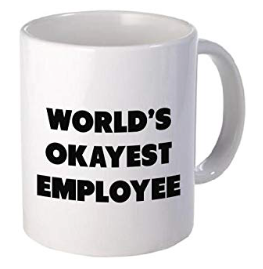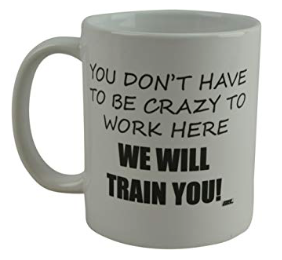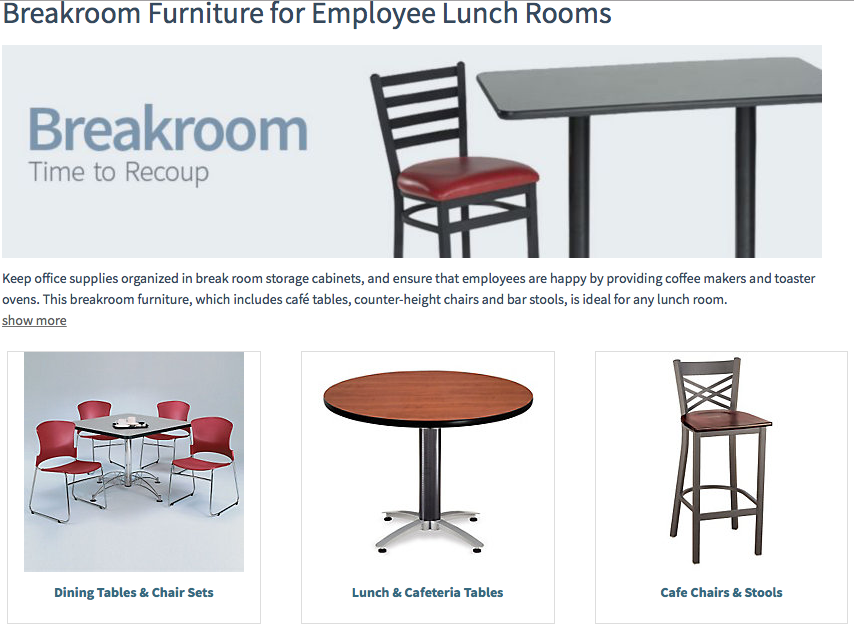Whether you manage a small office with a handful of people or a large team in a corporate setting, keeping your team motivated is essential to success and overall happiness. Motivated employees have a better outlook, are more productive, and are generally happier.
But even the biggest go-getters come across the occasional lull. As a manager, part of your responsibility is to keep your team motivated and eager to do their best all the time. That’s no easy task, so we’ve compiled a list of ten areas to focus on to help give your team a little extra drive.
10 Ways to Motivate Your Team to be More Productive & Happier
1. Pay Them What They’re Worth
You don’t want to lose a great employee because they’re not paid enough. Make sure their salaries are consistent with their productivity. You also want to keep their pay in line with what other companies in your industry are paying to prevent them from jumping ship for higher pay.
2. Improve the Company Culture
In a study published in the Harvard Business Review, a company’s culture plays an important role in how motivated employees are. The research focused on three areas:
- How culture affects performance
- The worth of culture to an organization
- The processes that influence culture
The key findings? Performance is largely tied to why we work. There are better customer outcomes when a culture fosters certain characteristics such as more play, potential, and purpose. As for certain processes that impact a company’s culture, it varies and how the role is designed can have a big affect.
A company’s culture directly impacts employees perspective on work. Make sure your organization is actively pursuing a culture that inherently motivates employees.
3. Recognize Success (For the Whole Team)
As a manager, taking time to celebrate achievements should be a priority. Recognizing success can be a powerful motivator as it fosters a sense of fulfillment for employees in their careers. It adds to their sense of purpose. Do this both on an individual level and for the whole team. Encourage team members to recognize achievements among each other.
4. Keep Them Fueled
The infamous mid-afternoon slump can wipe out all the motivation in even the most determined employees. Help them maintain momentum to power through the day with the right snacks and beverages. A quality snack delivery service will do the trick without impacting your overall productivity.
5. Help Them Reach Their Full Potential
Leading a team is about more than just balancing workloads among each member. A good manager helps employees develop themselves professionally. Understanding their strengths and weaknesses becomes critical. Challenge them to go further in areas in which you know they struggle.
6. Provide the Right Tools
One major frustration that can deteriorate any team’s motivation at work is being asked to complete tasks without the proper tools available. It can wear employees down. For example, in today’s workplace, there are endless digital tools available to help manage and complete work. Make them available so your team can be more productive.
7. Ask Questions, Don’t Just Give Answers
One of the main factors of having a sense of purpose is finding solutions on your own. Instead of laying out the path to solving problems for them, ask questions that will energize them to figure out the solution by themselves. Nobody likes to be told exactly how to do their job.
8. Show Them How & Why Their Work Matters
When employees fail to see how their work impacts the big picture within an organization, engagement and productivity begin to decline. When leading a team, remember to always include them or their work in the company’s broader strategy.
9. Offer Opportunity for Growth
Not providing pathways to more opportunities leads to complacency, which will only breed unmotivated employees. Offer plenty of opportunities for your team members to grow where they can eventually take on new and bigger challenges.
10. Have Fun Together
People that get along well with one another also work well together. Help your team foster good relations among each other through team building exercises or something as simple as regular lunch meetings together.










































